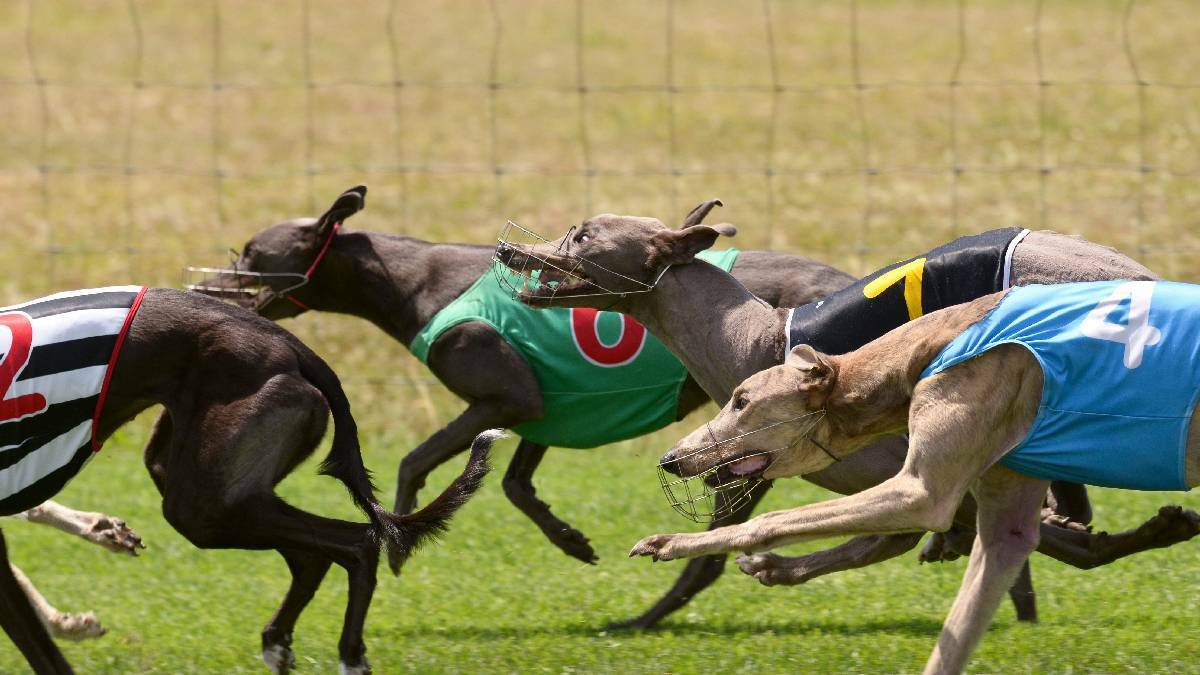THE director of an animal rights group has called for authorities to look at how often greyhounds are racing and review injury protocols after a dog died at a Redlands track last month.

Go Fifty Seven was pronounced dead by an on-track vet when his health deteriorated after race 12 on November 22 at Capalaba Greyhound Racing Club, according to a steward's report.
He had suffered injuries to his hip, back and groin in his previous three races across Ipswich and Dapto before passing away. On each occasion he was stood down from racing for 14 days.
- Also read: Coalition for the Protection of Greyhounds calls for racing industry shakeup after dog euthanised at Capalaba track
- Also read: As other sports sleep, greyhound racing continues to thrive with Capalaba among the clubs benefiting from increased gambling revenue
- Also read: Greyhound racing returns to Capalaba Greyhound Racing Club after heavy rainfall
He had competed in seven races during August and six during July.
Coalition for the Protection of Greyhounds state director Annie Hendley said Go Fifty Seven was raced to death and should not have run at Capalaba.
She said greyhounds should be assessed at the end of a stand-down period to ensure they did not return from injury too soon.
"I think in Go Fifty Seven's case, he wasn't allowed time to recover," she said.
"He had won a lot of races and I think they (dogs) are given the minimum amount of time to recover by the owners."
There is no single length of time that a greyhound must be stood down from racing after an injury.
Queensland Racing Integrity Commissioner Ross Barnett said time frames were dependent on the type of injury and were issued by a qualified vet surgeon.
Dogs were also assessed at the beginning of each meeting while being kenneled to determine racing fitness.
"QRIC employs contracted vets at race meetings to examine greyhounds," Mr Barnett said.
"Examinations can be under direction of stewards, at the trainers request and/or the vet's request.
"The period of time issued as a stand down from racing is determined by the QRIC vet based on their training and experience."
Ms Hendley said dogs should not be running more than once a week.
"Money is more important than the dogs," she said. "The dogs are a commodity. That is why they are put down so easily.
"There is nothing to stop the dogs from being over raced like Go Fifty Seven was."
Mr Barnett said Greyhound Australasia rules mandated that dogs could not race on consecutive days.
They could not be trained and must undergo any necessary treatment and recovery before returning to racing or trialing after injury.
The death of Go Fifty Seven had also been referred to the Greyhound Racing Injury Review Panel, which investigate racing injuries.
Ms Hendley said Capalaba had proved itself as the deadliest straight track in Australia, with four deaths this year.
But the QRIC maintains that the Capalaba venue has the lowest injury statistics for race tracks in Queensland.
Read more local sport news here.

